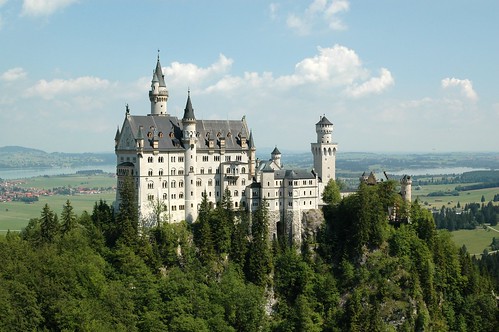This year, the study gets a new feature. For the first time, the research will also evaluate the image of 50 key cities in 20 countries.
"By partnering with GfK, we are able to provide deeper analysis and offer more comprehensive city-to-city comparisons," says Simon Anholt. "The new study not only creates an opportunity to better understand a city's brand, but also provides a picture of where it stands against other key global destinations." (…)
Selected based on objective measures such as infrastructure, climate and population size as well as political, economic and cultural strengths, the cities included are listed below:
- Western Europe: Amsterdam, Barcelona, Berlin, Brussels, Copenhagen, Dublin, Edinburgh, Geneva, Helsinki, London, Madrid, Milan, Paris, Rome, Stockholm, The Hague, Vienna
- Central/Eastern Europe: Budapest, Istanbul, Moscow, Prague, Warsaw
- Asia Pacific: Auckland, Bangkok, Beijing, Hong Kong, Melbourne, Mumbai, Seoul, Shanghai, Shenzhen, Singapore, Sydney, Tokyo
- North America: Boston, Chicago, Dallas, Los Angeles, New York, San Francisco, Seattle, Toronto, Vancouver,
- Latin America: Buenos Aires, Mexico City, Rio de Janeiro
- Middle East/Africa: Cairo, Dubai, Jeddah, Johannesburg
Each city is rated by approximately 6,000 respondents worldwide across the following six dimensions:
- Presence: Knowledge of the city, perception of its global contribution to science, culture and governance, along with city "brand signatures".
- Place: The overall cleanliness of the environment, its climate and other aesthetic qualities.
- Pre-requisite: Affordable accommodations and quality standards of public amenities.
- People: General nature of the population, how they make visitors feel (i.e. safe, welcome, etc.), work ethic and cultural diversity and sophistication.
- Pulse: Ability to attract visitors and residents, availability of interesting events, food, fashion, arts, culture, sports, shopping and nightlife.
- Potential: Perception of the city as a good place to do business, go to school and/or work.
I think it is interesting to look at the differences between the country’s image and the respective city. As we touched upon in class discussion, sometimes the image of a city or a State within the country takes on a completely different direction as the overall country image. However, with regards to nation branding, I am skeptical on how the image of a single city can impact the image of a whole country. After all, a city is always embedded in the nation’s context.
For more information see Press Release: "GfK Roper and Anholt Partner to Offer More In-Depth City Brands Index(SM)"




